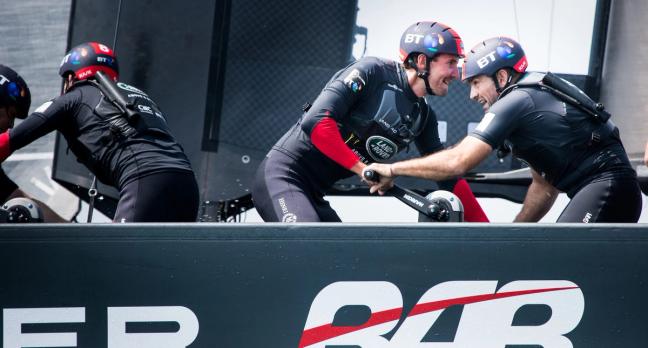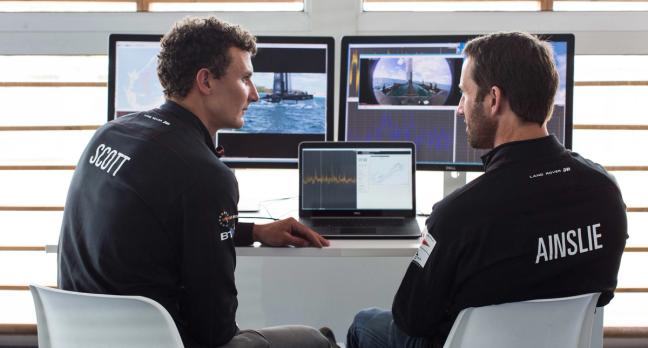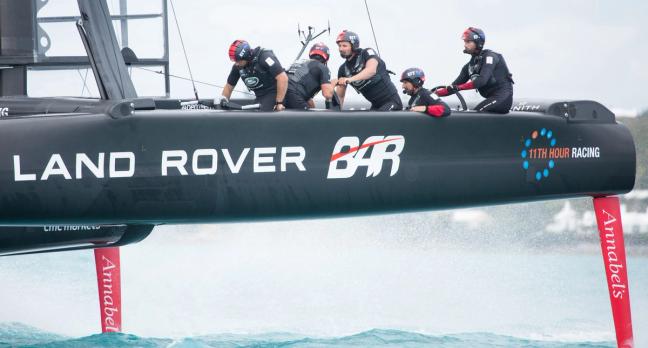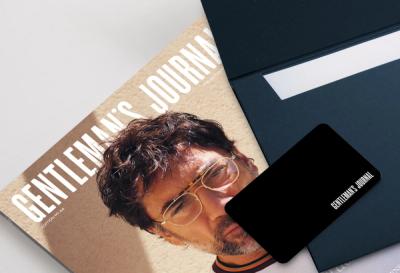
Words: Jonathan Wells
The America’s Cup in Bermuda kicks off this month. How apprehensive are you about this year’s competition, and has your preparation differed this year to previous years?
The team, Land Rover BAR, raced in Bermuda at the Louis Vuitton America’s Cup World Series back in October 2015 and we have all been living here since November 2016, we’ve been getting used to the conditions here and it’s certainly not a one dimensional venue. It’s a great venue for sailing but the conditions are varied.
We are under no illusion about the toughness of the challenge. We’re facing some very high calibre competition. Each day on the water is a development day and this will continue all the way through our America’s Cup cycle.
We are under no illusion about the toughness of the challenge. We're facing some very high calibre competition
The biggest challenge is beating the Defender, Oracle Team USA, because the competition stacks all the odds in their favour, which is a huge advantage for them.
We’re a new team, have only been going for three years, so we have to get past a few more steps than some of the teams that have been established for a long time. It’s always an advantage for the Defender because historically, the winner of the America’s Cup sets the rules for the next Cup cycle but if you look at the fleet, every team here could win, there are no weak teams and we rate everyone highly.
Throughout history the fastest boat has always won so it really is about making significant gains and squeezing every last fraction of a knot out of our boat, and we will need to keep doing that all the way through the competition.

How does this year’s catamaran differ from those used in previous years, and how quickly in general have you seen sailing design and technology progress in recent years?
This year the America’s Cup is raced in the ACC, which are 15m foiling multihulls with a 23.5m wing, that can reach 60mph – there’s a crew of six on-board. The previous Cup, the AC34 in San Francisco, the boats we 72 foot with 11 on-board, so there is a big reduction in size this time round.
We launched our race boat, R1, back in February, Land Rover have been supporting us with projects across the aerodynamics, control systems and machine learning and the development of the boat will continue right up until the team’s last race – that’s what you have to do to these boats, you keep improving them. The boat has already gone under gone a series of significant performance upgrades and we will make some more just before the Cup.

To those who can’t conceive both the physical and mental levels of effort it takes to sail, can you explain just how tough the discipline is?
It’s physical and it’s intense, the grinders, like myself, are the ones who need to generate the power to run the boat’s hydraulic systems. If you run out of power the boat cannot make instant manoeuvres. We spend 12 – 15 hours per week training in the gym, that’s two sessions a day, and as we have a weight restriction on-board we are each working to an individual progamme.
It’s physical and it’s intense. The grinders, like myself, are the ones who need to generate the power to run the boat
During a 25-minute race your average heart rate is 164 bpm, peaking at 184, you are crossing from side to side whist the boat is racing along, so you have to be fit and fast. We analyse everything with strength and conditioning coaches, you can’t get away with slacking!
I’m also the team Tactician, so I’m working closely with Ben to plan the best strategy during the race. So as well as grinding I have to provide instructions as to where we need to be on the course and in what mode the boat needs to be sailing in.

How highly do you value teamwork in sailing, and how integral to success is gelling well with your teammates?
The whole team is doing this for Queen and Country, we want to bring the Cup home – it’s about time – and that’s a real team effort.
We’re a tight group that’s already performed under a lot of pressure, we won the 2015/16 America’s Cup World Series, and I think that shows how strong we are. I’ve grown up racing with and against the guys on-board and we although we are mates, ultimately we respect each other and that’s what’s important.

What’s the riskiest moment you’ve ever had during competition, and how do you get over these moments to continue on and succeed?
We’ve had a few hairy moments in our test boats, they are incredibly powerful and for sure it does shake you up a little. The boats are dangerous but the safety has been hugely improved for this Cup cycle.
The boats are dangerous but the safety has been hugely improved for this Cup cycle
We capsized in the Solent in the winter of 2015, once the boat was safely back in the workshop, we went to the pub – it’s a very British way of dealing with things but sometimes it’s what you need to do to move forward. The next day we were back at it, fixing the boat – you need to work out what went wrong, but you can’t dwell on things too much.

Finally, what will you do to prepare on the morning of a race, and how confident are you ahead of Bermuda that Land Rover BAR will come away successful?
We have breakfast as a team, followed by a briefing, where our in-house Metrologist with share the forecast for the day and the decision is made what hydrofoils we will be using and how we set the boat up – that’s a big factor in winning or losing races.
We are confident and yes we think we can win – or we wouldn’t be doing this, but we know it’s not going to be easy and we are underdogs, but that’s a great position to be in – to come out of the blocks swinging. But, if we don’t win this time, we will keep going until we do.

Become a Gentleman’s Journal Member?
Like the Gentleman’s Journal? Why not join the Clubhouse, a special kind of private club where members receive offers and experiences from hand-picked, premium brands. You will also receive invites to exclusive events, the quarterly print magazine delivered directly to your door and your own membership card.



